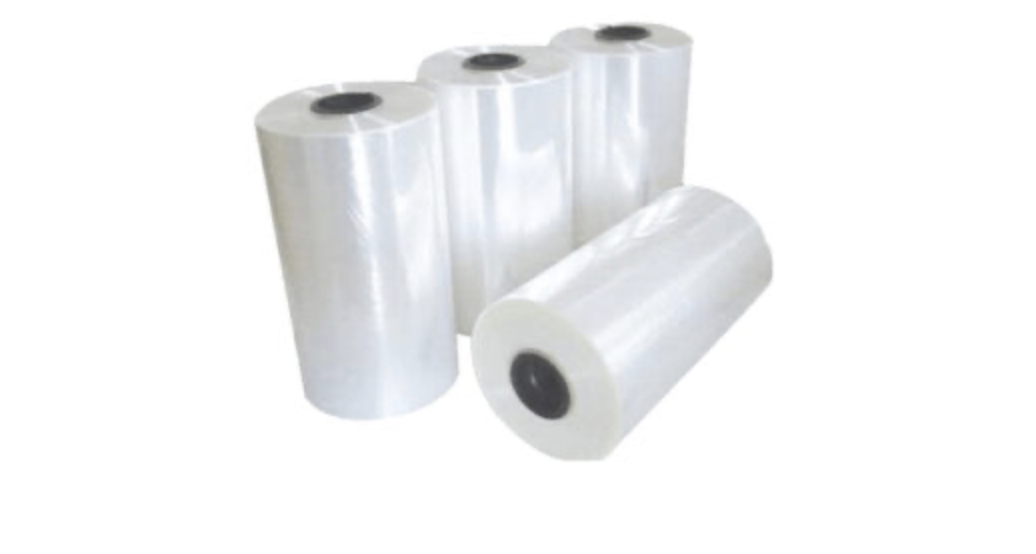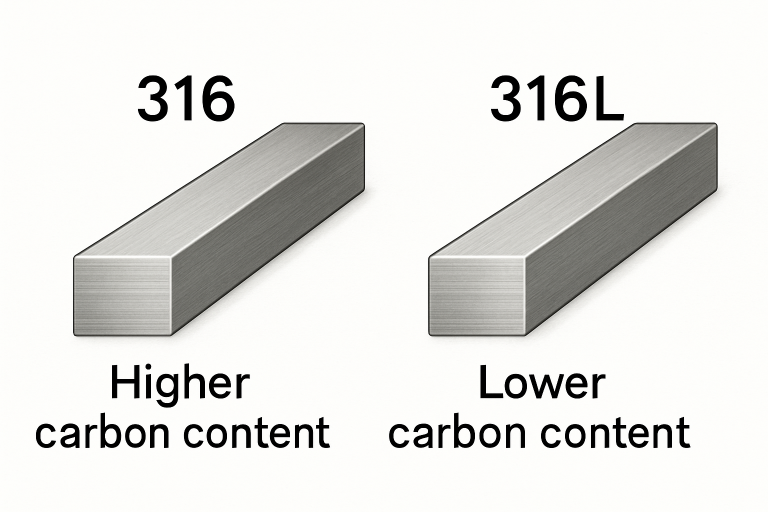When it comes to packaging, finding the right material is crucial to balancing cost, efficiency, and product safety. Shrink film, also known as shrink wrap, has become a favored choice in numerous industries, from food and beverage to pharmaceuticals and consumer goods. With its ability to tightly secure items, reduce packaging waste, and offer versatility, shrink film is a go-to solution for many companies. Let’s explore the top five benefits of using shrink film for your packaging needs in greater detail.
1. Cost-Effective Packaging Solution
Shrink film is an incredibly affordable packaging material, making it suitable for businesses of all sizes. Here’s why:
- Material Efficiency: Shrink film uses minimal material compared to bulky cardboard boxes or rigid plastic containers. It conforms tightly to products, eliminating excess packaging and keeping material costs low.
- Reduced Shipping Costs: Because shrink film is lightweight and takes up less space, it can significantly reduce the weight and volume of shipments. This means lower freight and fuel costs for businesses shipping large quantities of goods.
- Lower Energy Consumption: When combined with automated shrink-wrap machines, shrink film can be applied quickly and efficiently, further reducing labor and operational costs. Automated systems can shrink wrap hundreds of products per hour, enhancing production line efficiency.
- Waste Reduction: Since shrink film offers a precise fit around products, it minimizes excess packaging waste, contributing to more sustainable operations.
For high-volume operations, these factors add up to significant cost savings over time, making shrink film a practical investment.
2. Enhanced Product Protection
Shrink film acts as a barrier, safeguarding products from various environmental elements. Here’s how it helps:
- Moisture Protection: Many shrink films are made from durable plastic materials like polyolefin or polyethylene, which protect products from moisture damage during shipping and storage. This is particularly useful for packaging perishable goods such as food or moisture-sensitive electronics.
- Dust and Debris Shielding: Shrink film completely covers the product, protecting it from dust, dirt, and other contaminants. For items stored in warehouses or transported over long distances, this extra layer of protection ensures that the product remains clean and ready for use.
- Impact Resistance: The snug fit of shrink film helps to prevent products from shifting around in transit, reducing the risk of damage from impacts or falls. It’s strong enough to bundle heavy items like metal rods or fragile items like glassware, offering enhanced durability and security.
By providing this all-around protection, shrink film can lower product returns due to damage, increase customer satisfaction, and improve a brand’s reputation for delivering goods in pristine condition.
3. Versatility in Packaging
Few packaging materials can match the versatility of shrink film. Whether you’re packaging small, intricate items or large bulk products, shrink film adapts easily to various needs:
- Multiple Sizes & Thicknesses: Shrink film comes in a range of sizes and thicknesses to suit different packaging applications. Thicker films are available for heavy-duty packaging, while thinner films work well for smaller items.
- Customizable for Different Applications: Shrink film can be used for a variety of packaging purposes, including bundling products together, creating tamper-evident seals, or even securing irregularly shaped items.
- Branding Opportunities: Shrink film can be printed with logos, product information, and other branding elements. This provides an added marketing benefit, as the packaging itself becomes a canvas for promoting your brand.
- Wide Industry Use: It is widely used in industries such as food and beverage, pharmaceuticals, electronics, manufacturing, and retail. Its adaptability makes it an ideal choice for companies with diverse product lines.
From wrapping single items to bundling large pallets of goods, shrink film’s flexibility ensures that it can accommodate any product shape, size, or configuration, offering unmatched convenience.
4. Tamper-Evident Security
Ensuring product integrity and security is a priority for businesses. Shrink film offers a high level of tamper-evident protection, which is essential for consumer trust and regulatory compliance:
- Visible Evidence of Tampering: Once applied, shrink film conforms tightly to the product. If someone attempts to tamper with the packaging, the damage will be immediately visible. This makes shrink film particularly useful for industries where safety is critical, such as food, pharmaceuticals, and cosmetics.
- Compliance with Industry Standards: Many industries require tamper-evident packaging to meet regulatory requirements, particularly in the pharmaceutical and food sectors. Shrink film offers a cost-effective way to comply with these regulations while still ensuring product safety.
- Customizable Features: Shrink film can be combined with additional security features, such as heat-sealed edges, perforations for easy opening, or even colored or printed film to deter tampering. This adds another layer of protection for products that need extra security.
The tamper-evident properties of shrink film not only protect products but also build consumer confidence, as customers can see that the product they’re purchasing is secure and untouched.
5. Eco-Friendly Packaging Option
As sustainability becomes a more pressing concern for consumers and businesses alike, packaging materials need to keep pace. Shrink film has evolved to meet these environmental demands, offering several eco-friendly benefits:
- Recyclable Materials: Many types of shrink film are now made from recyclable materials, such as polyolefin. After use, the film can be recycled, reducing its impact on the environment and helping businesses meet sustainability goals.
- Reduced Material Usage: Because shrink film is thin and lightweight, it uses less material than traditional packaging options. This means less waste is produced during manufacturing, transport, and disposal.
- Biodegradable Options: Some shrink films are designed to be biodegradable, breaking down over time without leaving harmful residues in landfills. This innovation helps businesses minimize their environmental footprint.
- Energy-Efficient Manufacturing: Shrink film requires less energy to produce and apply compared to bulkier packaging materials. This not only lowers the carbon footprint associated with packaging but also helps reduce overall energy consumption.
For companies striving to adopt greener packaging solutions, choosing recyclable or biodegradable shrink film can help meet sustainability targets while still delivering reliable packaging performance.
Conclusion
Shrink film is an incredibly valuable packaging tool for modern businesses. With its cost-effectiveness, superior protection, versatility, tamper-evident properties, and eco-friendly options, it offers a comprehensive solution for a wide range of packaging needs. As businesses continue to seek out ways to improve packaging efficiency and sustainability, shrink film remains a smart and practical choice.
By integrating shrink film into your packaging process, you not only improve product security and reduce costs but also contribute to a more sustainable and efficient operation. Whether you’re packaging individual items or bundling products together, shrink film provides the durability and flexibility you need to protect your goods and streamline your business.












